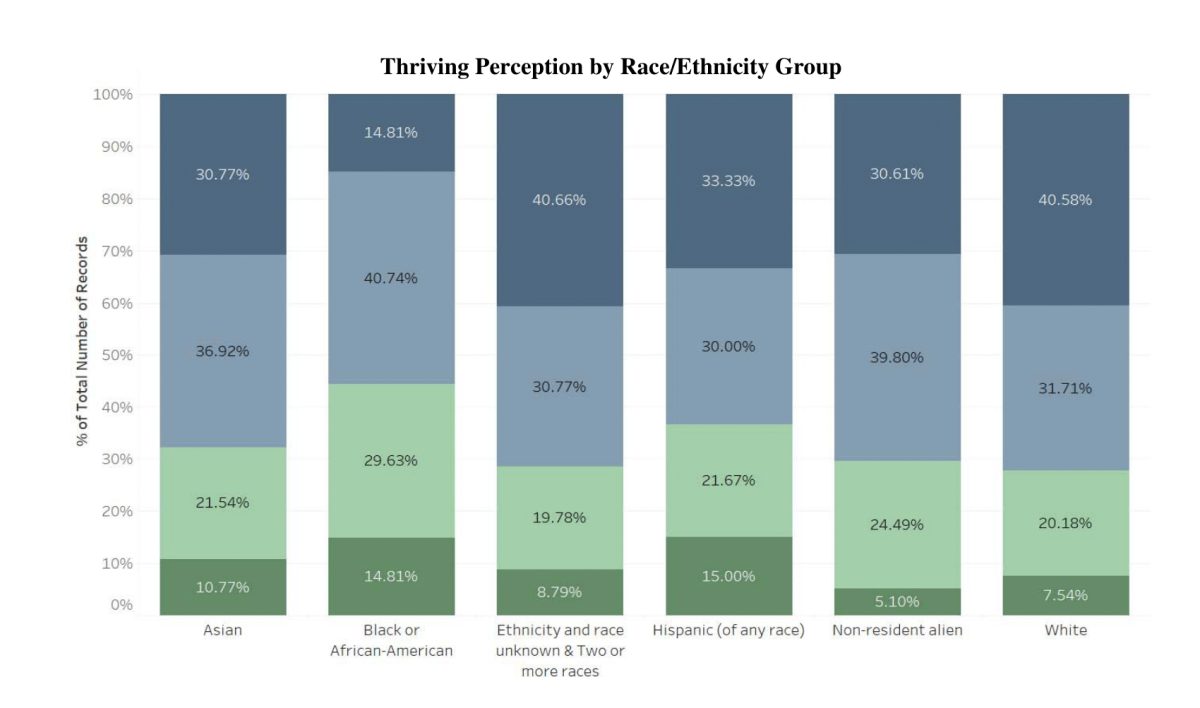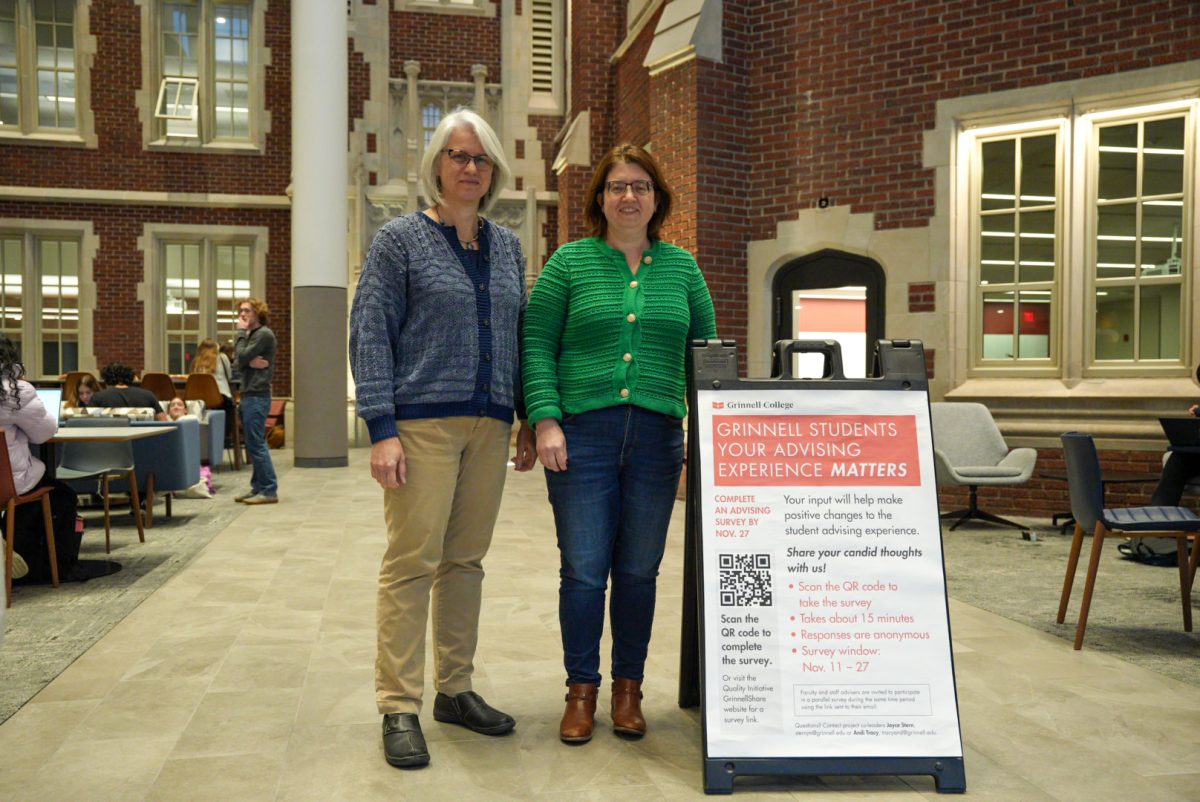
By Jingying Huang
huangjin@grinnell.edu
Beginning last year, fees required for music lessons, such as voice, piano and flute, were incorporated into student tuition. The fees have influenced the amount of student enrollment in these classes, although Professor Jennifer Williams-Brown reports in an email to The S&B that “we have received good support from the Dean and have been able to add new instructors and new sections.”
Originally, students needed to pay 390 to 395 dollars for the music lessons they wanted to take in addition to their tuition each semester. Those lessons shared the same time as students enjoy now — half an hour each week, fourteen lessons per semester. Some students who wished to develop or continue their interest in music might have quit in the past due to the high and visible cost.
However, a few years ago, the College made strides toward affordable music lessons through a scholarship fund. The scholarship program allowed students to take music lessons at a lower cost. The College paid nearly two-thirds of the lesson fee, leaving students with a little more than a hundred dollars in fees for semester-long lessons. As a result, music faculty saw a notable increase in music lesson enrollment.
Then, last year, fees were incorporated into tuition. This means that every student is entitled to one free 30 minute music lesson per semester, and music majors can take unlimited lessons for free. In essence, students can now choose music lessons among other classes without having to consider the extra cost.
The positive effects seem obvious. There is a higher enthusiasm among students seeking music lessons. Students are more willing to spend the time and effort to learn singing or a new musical instrument, or continue a musical interest.
However, the increased enrollment has meant busier days for music faculty. “There has been a burst in the numbers, I mean, the numbers have grown exponentially,” said Lisa A. Henderson, who has been teaching voice lessons at Grinnell College since 1992. The number of students willing to take music classes increased quickly. But adjusting this increase for the music department is a slow and difficult process.
Faculty members like Henderson are excited to have this increased interest among students. The challenge, though, is to fit in as many students as they can in a normal workday. This can be difficult since not all faculty work full time and there are simply too many students.
Another measure taken was to hire more faculty. Last year, the voice area of the Music Department hired two new part-time professors. Still, the department hesitates to add faculty in significant numbers due to budgetary constraints and building capacity concerns.
The department created group classes to help adjust to the change. Instead of individual lessons, some instruments or vocal lessons have started to offer small classes between 8 to 10 students. Starting this year, piano will also have group piano lessons at the introductory level. This remedy, in theory, will benefit the faculty, as they will be able to teach more students, and benefit the students who wish to take the class, as they will be on a shorter waitlist.
Multiple measures were taken to accommodate with the increasing enrollment of students. Though problems are present, it seems that the positive aspects of the policy are very clear: students can broaden their Grinnell education through a more accessible music lesson system.





















































